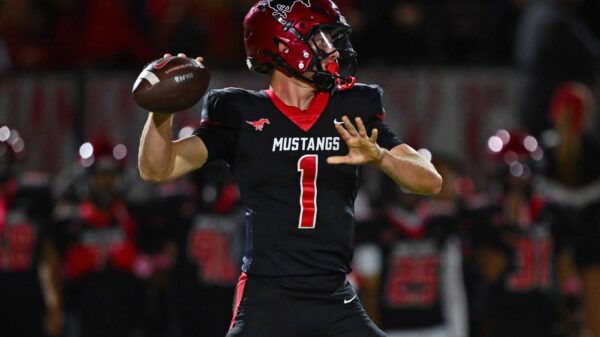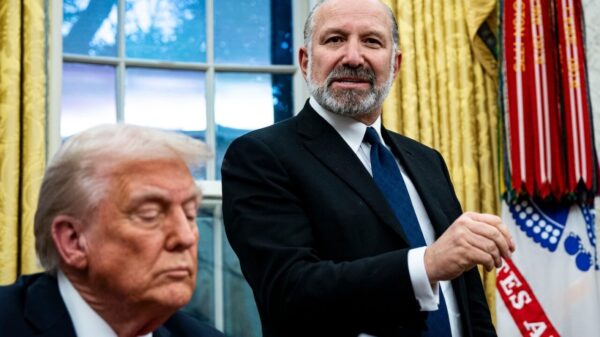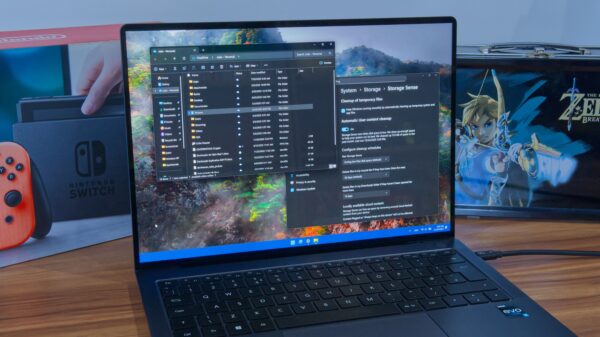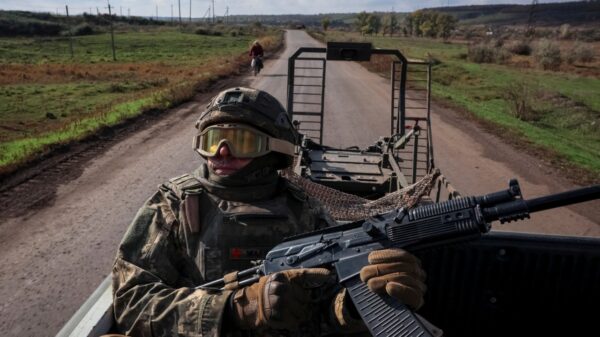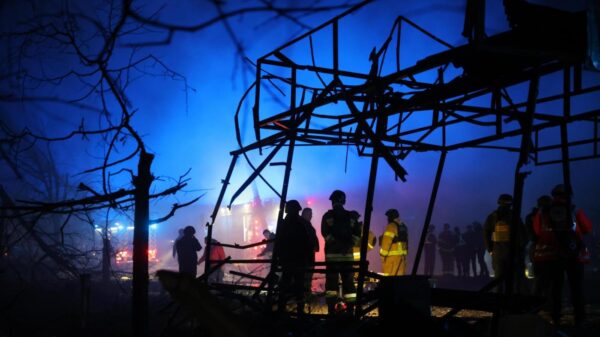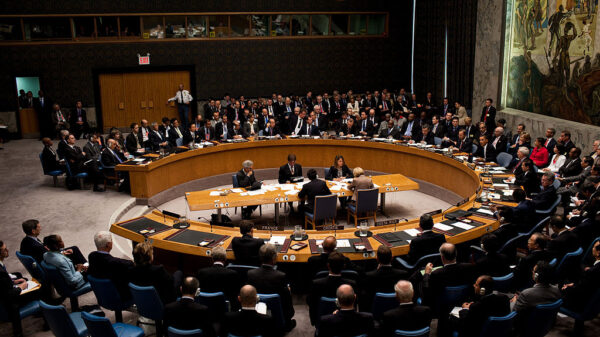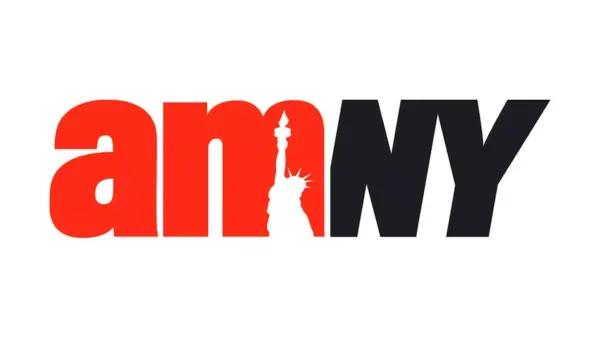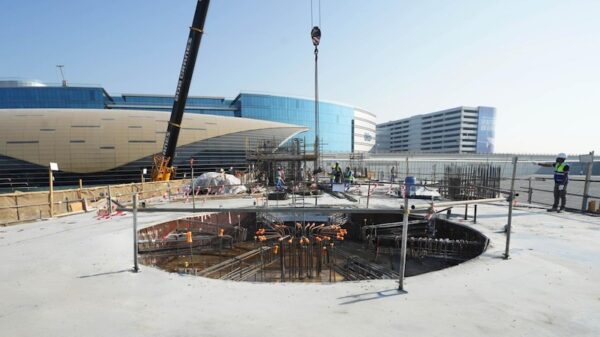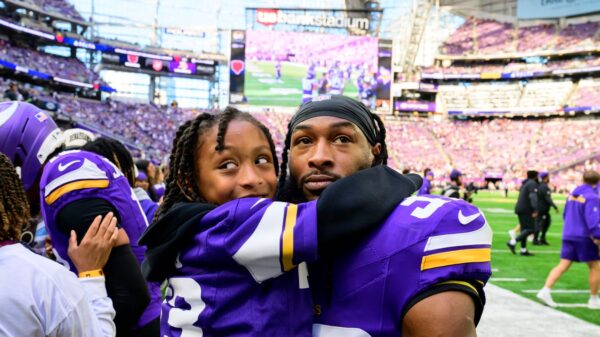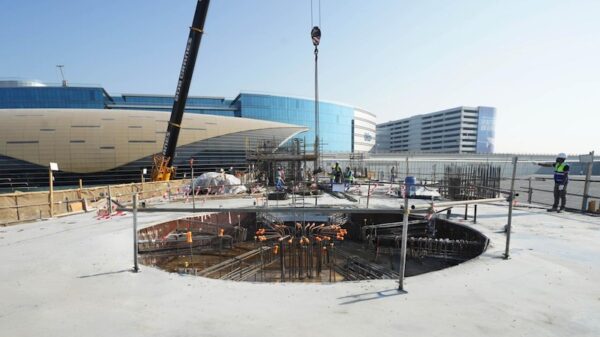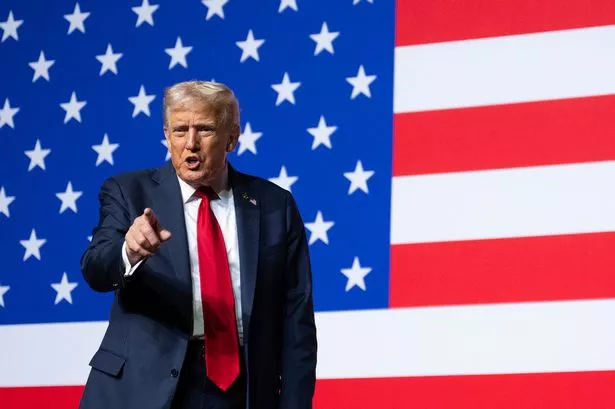President Donald Trump convened with senior military leaders at a base near Washington, D.C., to address escalating tensions with Russia. During the meeting, he emphasized the deployment of a “nuclear submarine,” which he described as the “most lethal weapon ever made,” claiming it is undetectable. This gathering comes amidst Trump’s concerns regarding Russia’s military posture and its implications for U.S. security.
Trump’s remarks highlighted a growing unease within his administration about Russia’s actions. He stated the U.S. felt “a little bit threatened by Russia recently,” signaling a shift in his rhetoric. In an unusual move, he warned that he would “fire” any military leaders he deemed unsatisfactory at the meeting, underscoring the seriousness with which he views the current geopolitical climate.
The assembly included hundreds of military officials, ranging from generals to admirals, all reporting from various global positions. Vice President JD Vance downplayed the significance of the meeting, suggesting that the media has exaggerated its importance. He described it as “not particularly unusual” for military leaders to discuss strategies with those in command. However, Italian Adm. Giuseppe Cavo Dragone, chair of NATO’s Military Committee, characterized the meeting as remarkable, noting, “In my 49 years of service, I’ve never seen that before.”
Concerns about a potential nuclear conflict with Russia have surfaced in media discussions. Journalist Melinda Crane stated on DW News’ The International Talk Show that Trump appears “very worried about nuclear war.” She speculated that if Russian President Vladimir Putin can engage Trump on this level, it might alter their relationship dynamics.
Earlier in September 2023, Trump’s stance on the ongoing conflict between Ukraine and Russia shifted dramatically. After a meeting with Ukrainian President Volodymyr Zelenskyy at the UN General Assembly, he expressed optimism about Ukraine’s ability to reclaim lost territory. This contrasts sharply with his previous assertions that Ukraine lacked the necessary “cards” to negotiate effectively with Russia, suggesting that time was not on Ukraine’s side.
Reports about the meeting in Quantico emerged on September 28, 2023, and were confirmed by Pentagon spokesman Sean Parnell, who refrained from providing further details. When pressed by reporters later that day, Trump appeared unaware of the meeting’s specifics, stating, “I’ll be there if they want me, but why is that such a big deal?” Nonetheless, he confirmed his participation, framing it as a positive discussion about military readiness and progress.
The meeting reflects a broader context of U.S. military strategy and readiness in the face of perceived threats. As Trump prepares for future engagements, the implications of these discussions could have lasting effects on U.S. foreign policy and its approach to Russia.


